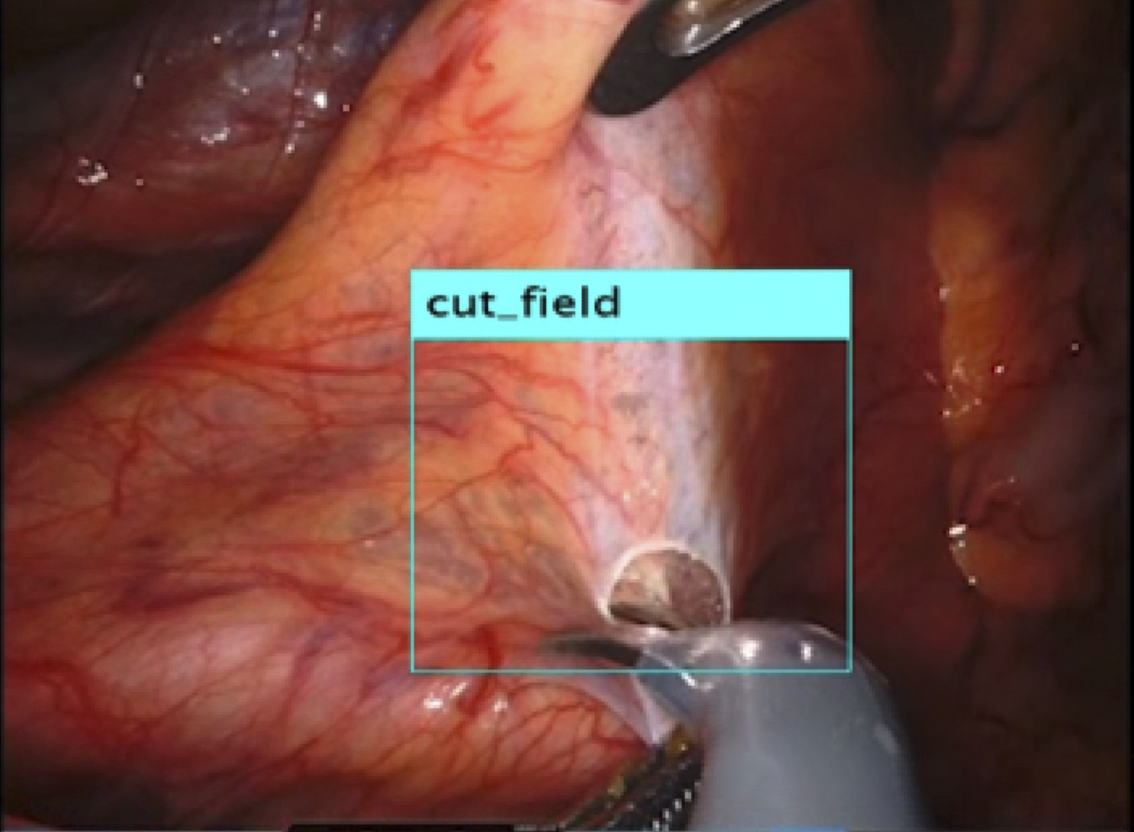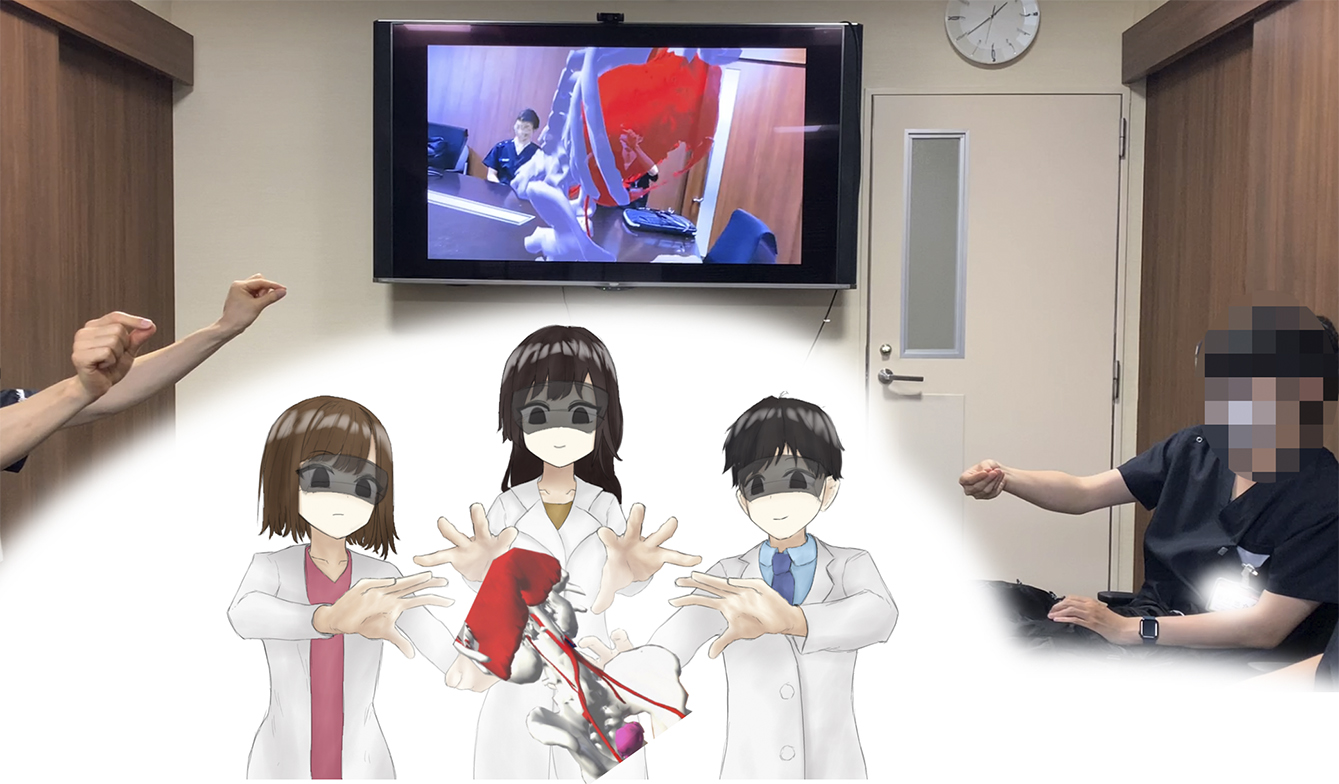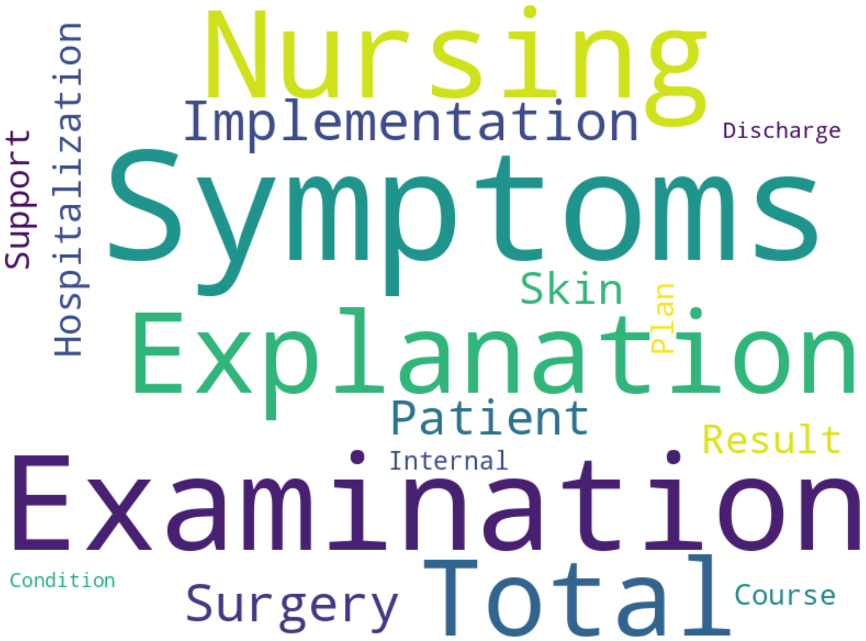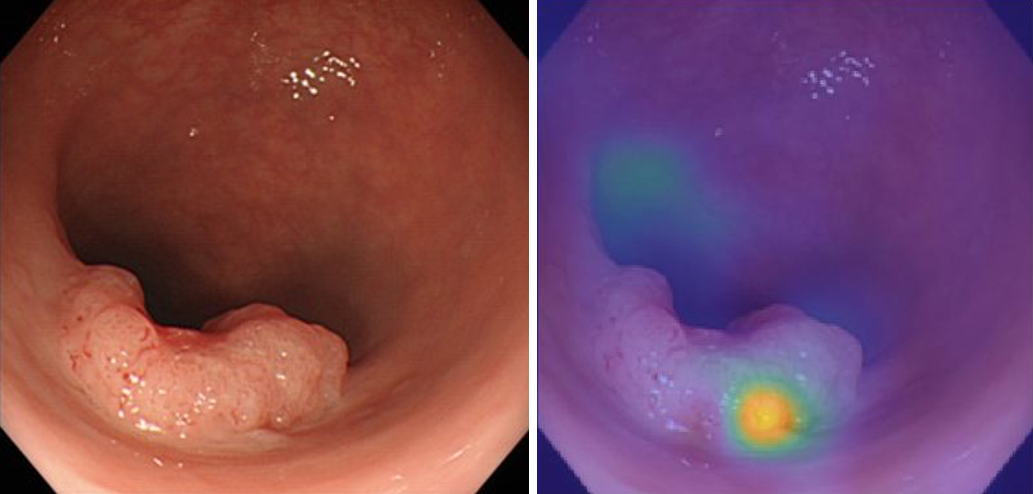Figure 1. Projection of a three-dimensional (3D) model into space to illustrate the manipulation of the 3D model during surgery. This figure demonstrates the intuitive display of cross-sectional images of a 3D model in space without the need for special controllers.
From: Use of AI in Diagnostic Imaging and Future Prospects

Figure 2. Artificial intelligence (AI) video analysis results for surgical navigation in robotic surgery. This figure shows the starting point of the incisions and areas supported by the robotic arm, resulting in standardized and safe surgery.
From: Use of AI in Diagnostic Imaging and Future Prospects

Figure 3. Application of immersive devices for surgical education, including three-dimensional (3D) models and virtual and augmented reality devices for educational purposes for students and young doctors.
From: Use of AI in Diagnostic Imaging and Future Prospects

Figure 5. Artificial intelligence (AI) prediction of complications based on electronic medical records (EMRs), specifically forecasting the likelihood of postoperative fever through AI natural language analysis of EMRs. Word clouds indicate contributing keywords in the analysis (translated in English).
From: Use of AI in Diagnostic Imaging and Future Prospects





